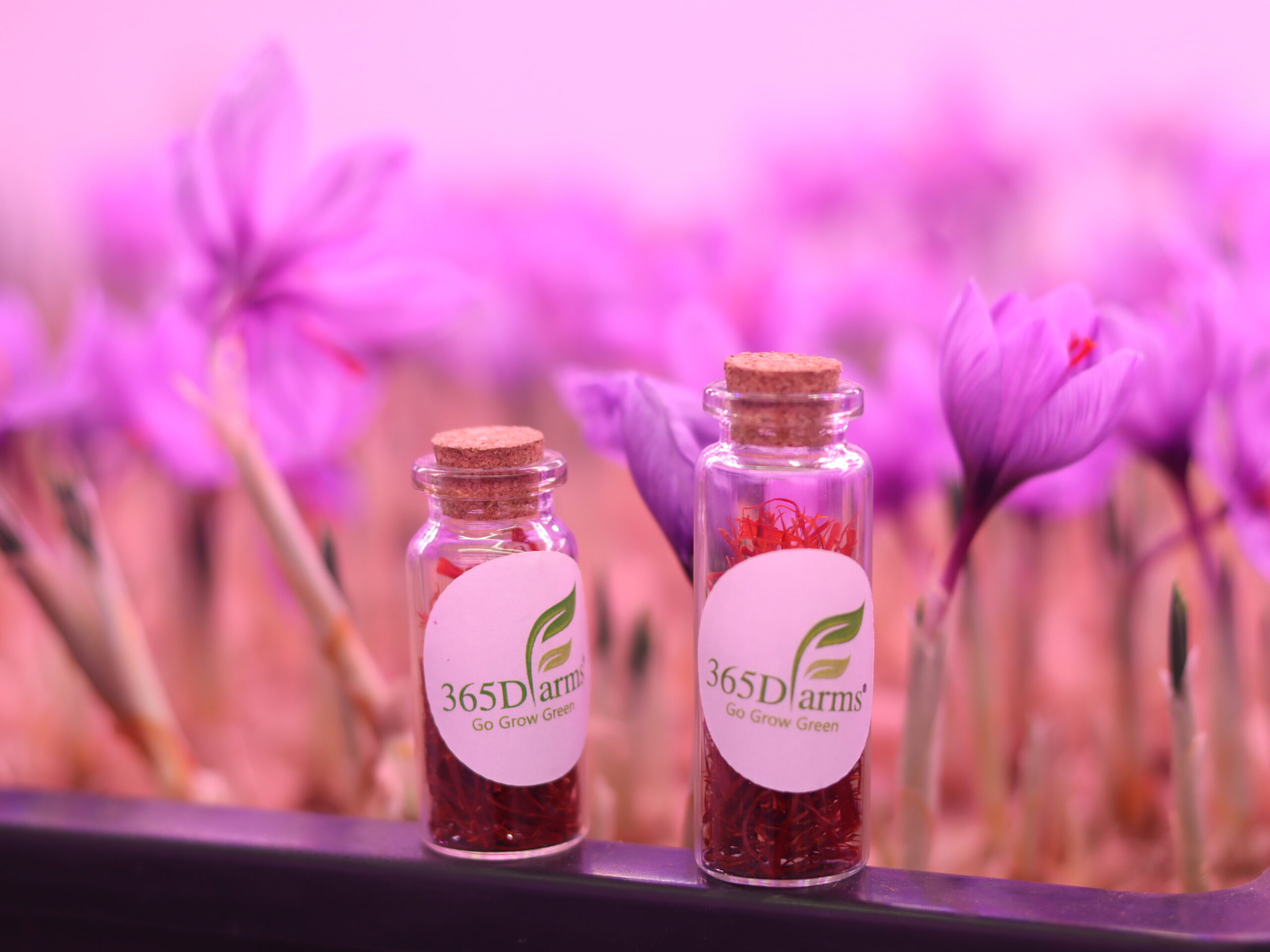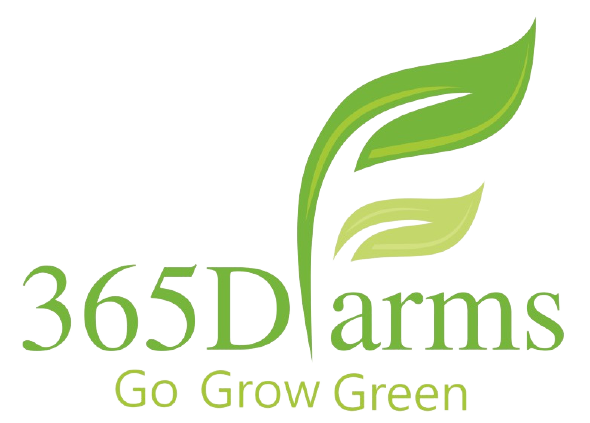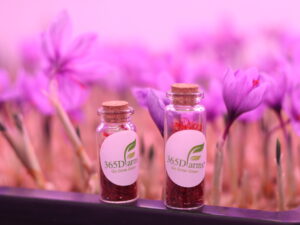
Hydroponic Pest and Disease Management
Introduction
In the dynamic world of hydroponic farming, maintaining a vigilant defense against pests and diseases is paramount. Unlike traditional soil-based agriculture, hydroponic systems present unique challenges and opportunities when it comes to safeguarding your crops. Let’s delve into the intricacies of hydroponic pest and disease management to ensure your nutrient-rich oasis thrives in a pest-free environment.
Common Pests in Hydroponics

In the absence of soil, hydroponic systems aren’t immune to pesky invaders. Aphids, spider mites, and whiteflies are among the usual suspects that can wreak havoc on your hydroponic crops. Identifying these tiny foes early on is crucial, as their populations can multiply rapidly in the controlled environment of a hydroponic setup. Regular scouting and monitoring are your first lines of defense.
Diseases Impacting Hydroponic Crops
Diseases in hydroponic systems, although less common than in soil-based setups, can pose serious threats. Pythium, a water mold that thrives in wet conditions, is a nemesis for hydroponic growers. Fungal infections can also take root, compromising the health of your plants. Managing diseases in a water-based environment requires a strategic and proactive approach.
Integrated Pest Management (IPM) Strategies

Enter Integrated Pest Management (IPM) – the holistic superhero in hydroponic pest and disease control. IPM combines biological, cultural, and chemical control methods to create a comprehensive strategy. By promoting natural predators, optimizing growing conditions, and employing chemicals sparingly, hydroponic farmers can strike a balance that minimizes the impact on the ecosystem.
Biological Control Agents
Embrace the power of nature in your hydroponic haven. Beneficial insects like ladybugs and predatory mites can be deployed to keep pest populations in check. These allies not only provide effective pest control but also contribute to the overall ecological balance of your hydroponic system. It’s a win-win for both your crops and the environment.
Cultural Practices for Disease Prevention

Prevention is the best cure, and in hydroponics, cultural practices play a pivotal role. Implementing measures such as crop rotation, maintaining proper spacing, and ensuring impeccable sanitation can thwart the onset and spread of diseases. A proactive approach to cultivation sets the stage for a thriving, disease-resistant hydroponic environment.
Chemical Control Options
While the judicious use of chemicals is an option, it comes with a cautionary note. Hydroponic farmers must tread lightly when employing chemical control methods to avoid unintended consequences. Understanding the specific needs of your crops and choosing chemicals wisely can mitigate risks and protect the overall health of your hydroponic garden.
Monitoring and Early Detection

Vigilance is the cornerstone of effective pest and disease management. Regularly monitor your hydroponic system for signs of trouble. Early detection allows for swift intervention, preventing minor issues from escalating into major threats. Employing advanced tools and technologies for surveillance ensures that you stay one step ahead of potential problems.
Educational Resources and Support
In the ever-evolving landscape of hydroponic farming, staying informed is key. Engage with educational resources, online forums, and expert advice to enhance your knowledge of pest and disease management. Collaborate with the hydroponic community, sharing insights and experiences for mutual growth and success.
In the realm of hydroponic pest and disease management, knowledge is your shield, and proactive strategies are your sword. By understanding the nuances of this dynamic interplay, you empower your hydroponic haven to flourish, ensuring a bountiful harvest and a thriving ecosystem.
Conclusion
In the intricate dance of hydroponic farming, where water nourishes the roots and precision reigns supreme, the mastery of pest and disease management emerges as a crucial skill. As we navigate the dynamic challenges unique to hydroponic systems, a proactive stance becomes the beacon guiding us through potential pitfalls.
From the stealthy invasion of common pests like aphids and spider mites to the lurking threats of diseases such as Pythium, hydroponic growers are tasked with maintaining a delicate equilibrium.



